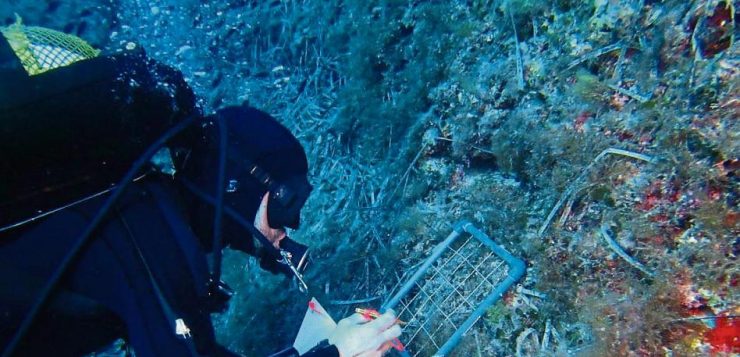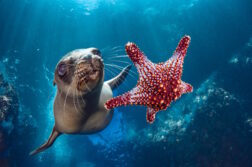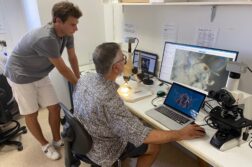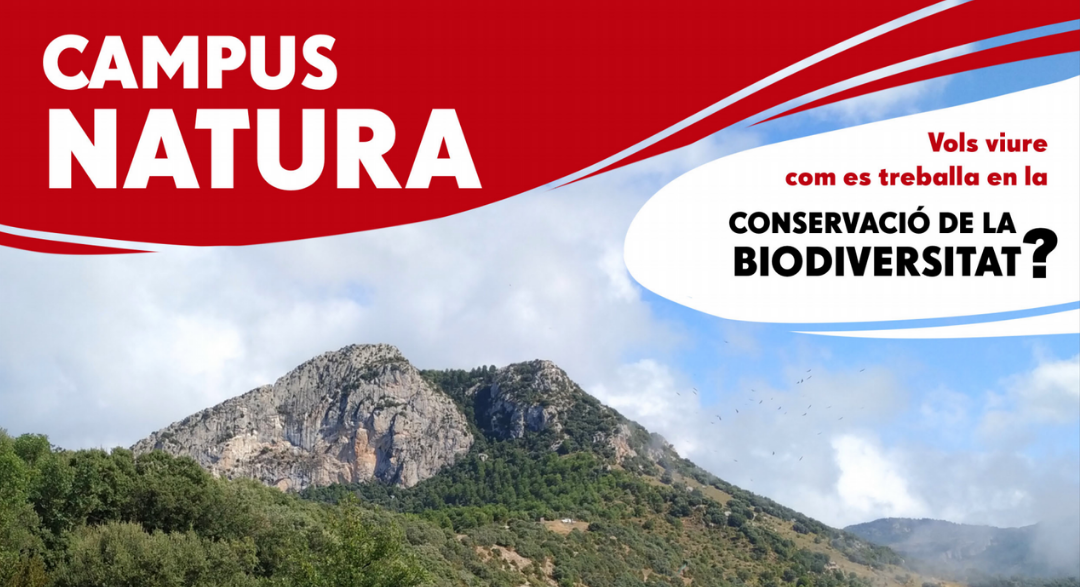It is October 15, 1988 and a team of marine biologists from the Center for Advanced Studies of Blanes (CEAB-CSIC) are preparing to do a scuba dive in a point near Ibiza (Balearic Islands). We are carrying out a project, led by María Jesús Uriz, to study the importance of chemical interactions in the ecology of the seabed. With me are Iosune Uriz, Enrique Ballesteros, Josep Maria Tur, Dolors Rosell and Rick Brusca. The project is funded by the Spanish pharmaceutical company PharmaMar S.A., which uses the organisms that biologists collect to search for chemical substances with therapeutic potential.
At a depth of 52 meters, on ropes submerged in a coralline community, we came across abundant colonies of a small filtering invertebrate organism, an ascidian. The ascidians are invertebrate animals such as sponges or corals that are found on the ocean floor more than 40 meters deep. We collected some samples and a server, as an ascidian specialist, I was able to identify them later in the lab. I studied them meticulously, looking for their most relevant morphological characteristics until I could see that it was the species: Aplidium albicans. This species is already described, but rare on the planet and that we did not know that he could live on our coast.
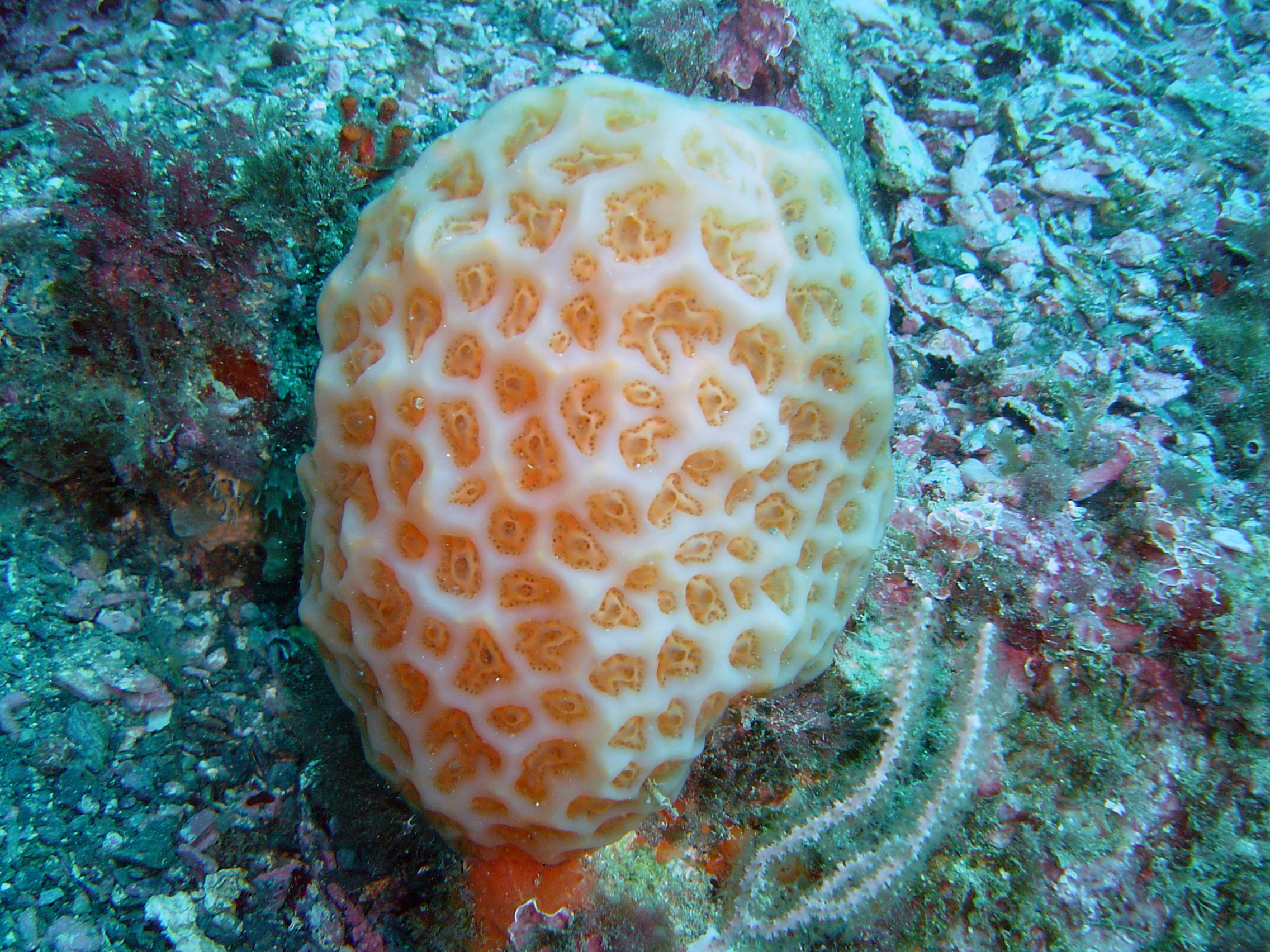
The analyzes of PharmaMar, S.A. showed that this modest organism had a chemical with antitumor and antiviral properties. They managed to identify the molecule, which is the basis of the drug known as Aplidin. The chemical name of the compound is more complex but it will surely sound familiar to you: plitidespine.
Today, 32 years later, it is on everyone’s lips for its possible applications in a drug against COVID-19.
Decades of research and large investments
I would like to highlight two things about these findings.
First, the vision and effort of companies such as PharmaMar, S.A. to develop a set of new therapeutic products that cost decades of research and a huge investment. Aplidin has had a modest history as an antitumor, but its possible new application would make up for all these years of study.
Second, the need for basic science. At the base of this research are marine biologists and, in particular, so-called taxonomists, capable of identifying to which species the different specimens belong. Knowing how to identify the species is vital if more samples are required, especially for patent issues, and also because of the possibility of investigating other related species. The name of the producing body is required.
Today I am happy that that distant dive we did has given these important fruits, but it is the very history of basic science. She is the breeding ground that allows the appearance of discoveries that, in turn, will end in one way or another, having applications that can change our lives.
A few decades later, I am still taking the time I can, between bureaucracies and more “modern” research, to be able to spend hours at the magnifying glass and the microscope, identifying and describing species of ascidians from all over the world. It does not bring me great returns in terms of stellar scientific publications, but I am convinced that my modest contribution to knowing our biodiversity will be my most important and lasting scientific legacy.
Let’s preserve basic science and taxonomy!
Text by Xavier Turon, Research Professor at CEAB-CSIC.


